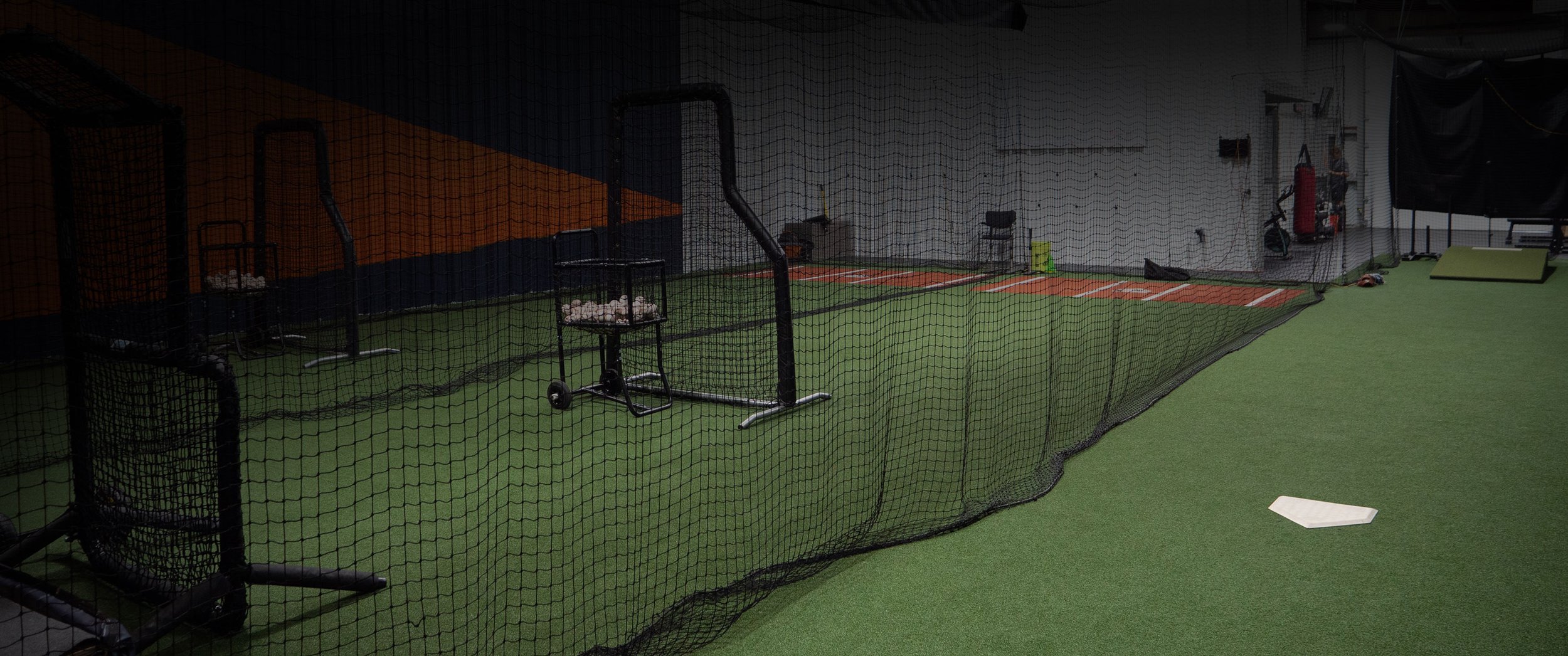
Our Training Process
Are baseball lessons even worth the time and money? How do you know if you are getting better?
Everyone asks these questions, but many baseball trainers fail to have the answers. Obviously, the goal is to improve a player’s performance in a game environment, but A LOT of uncontrollable variables happen within live game action and a player’s actual improvement can get muddied. So, we developed the S.W.A.T.E system of measurement here at Harris Training.
The S.W.A.T.E. measurement system allows us to track a players development in a controlled environment with hard data and the process is pretty simple:
Lesson #1: Evaluation and Education
We establish a baseline understanding of language to have effective training.
We take measurements to understand where a player is in their development journey including…
Exit Velocity: What’s the speed of the ball off the bat?
Ball to Strike Ratio: Does the player have a good read of the strike zone - swinging at strikes and taking balls?
Competitive Ball Flight: Is the player squaring balls up consistently with line drives, and not hitting pop ups or ground balls?
Lessons #2-4: Drills/Mechanics
Utilizing the information we learned in Lesson #1, we tinker with some mechanics and mental notes to optimize the player’s performance.
Lesson #5: Evaluation
We take the same measurements from Lesson #1 (exit velocity, ball to strike ratio, competitive ball flight)
Lessons #6-8: Drills/Mechanics
Utilizing the information we learned in Lessons #1-5, we tinker with some mechanics and mental notes to optimize the player’s performance.
Lesson #9: Evaluation
We take the same measurements from Lesson #1 (exit velocity, ball to strike ratio, competitive ball flight) and continually log hard data.
We continue to follow this process of lessons and testing to help our players reach their full potential.

Why we measure S.W.A.T.E?
Keep our trainers accountable
Provide hard data to track players’ progress
Allow parents to quantify a return on their investment
Build players’ confidence

